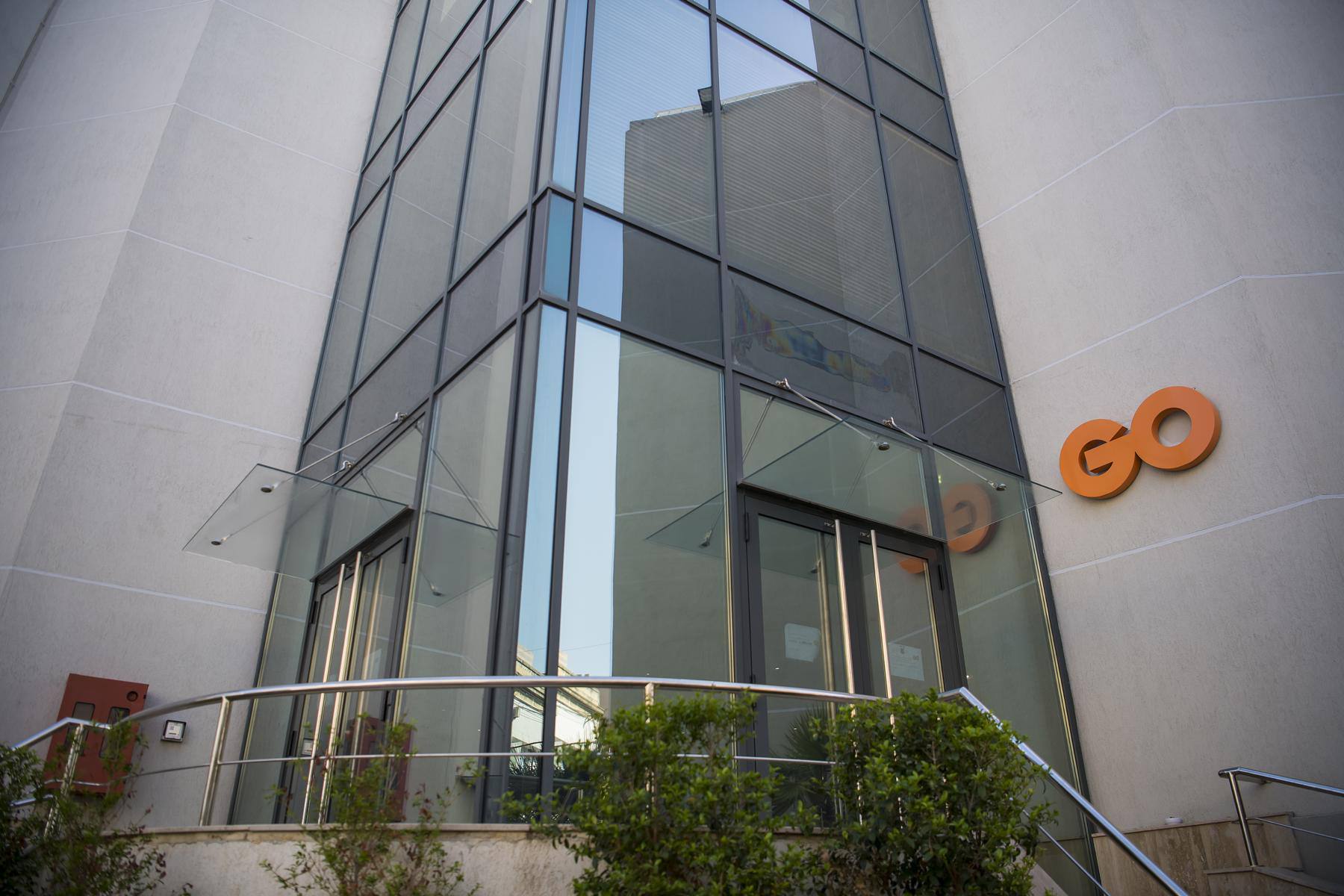Central bank communication
For a long time, the status quo was that central bankers should communicate as little as possible. However, this has come under scrutiny in the last few decades. Silence is no longer golden, and as trust becomes the cornerstone of effective monetary policy, central banks have had to pivot to more transparent means of communication, be it through monetary policy statements, press conferences or regular speeches by members of policy-making boards.
In doing so, a crawling demystification process began, allowing Central Banks to reach out beyond the so-called expert audience. This has come in hand in hand with the belief that central bank communication ought to be a two-way process. For instance, in a crisis, if the general public does not trust or even understand the bank’s actions, downturns can only be exacerbated. This is how crucial it is that we accelerate the crawl to a steady pace – and to do so, we need to go beyond the traditional media.
All too often, a telling sign of a central bank that recognises this urgency is one that does previously unthinkable things in attempts at finding something that works. The Reserve Bank of New Zealand and the Central Bank of Ireland have used cartoons to explain monetary policy decisions. The Bank of Jamaica even released reggae-inspired music videos on inflation and monetary policy. Many central banks are very active on social media. Even the European Central Bank has revisited its communication practices. But public engagement is still weak, and though this may always be the case, there are things we can do to improve, messages we can promote.
Central Banks aren’t just about money – they’re also about knowledge.
At the Central Bank of Malta, for instance, research forms the backbone of decision-making across policy areas, from monetary policy to financial stability. When these materials are picked by the media, the discussions that ensue feed back into the research conducted by the staff, further strengthening the foundations on which future decisions are made. This has become more important as complex and new issues require sounder analytical work.
A window into the Bank’s operations
The Central Bank offers various publications. Amongst them
- The Annual Report: A comprehensive look at the bank’s operations, financial statements, and an analysis of economic developments.
- Financial Stability Report: An annual review of the bank’s financial stability findings.
- The Quarterly Review: Commentaries on economic developments, articles, and statistics.
- The Economic Update: Insights into the latest economic and financial trends.
- The Economic Projections: Forecasts that cover the current year and three years ahead.
- The Business Dialogue: As part of its efforts to obtain a deeper insight into the main developments and trends on a sectoral level, the Bank maintains regular contact with major non‑financial corporations, authorities, and other institutions in Malta. This publication summarises – in aggregate form – information gathered during these discussions. The business dialogue survey can also be accessed in a new and interactive way through its dedicated dashboard.
- The Research Bulletin: An annual publication meant to showcase, in a concise and approachable manner, part of the Bank’s research.
- The Climate-Related Financial Disclosures Report for the non-monetary policy portfolios – Information on the carbon footprint and climate risk of the financial assets held by the Bank in line with the Task Force for Climate-Related Financial Disclosures’ (TCFD) recommendations.
- The Working Papers: Technical research papers written by the Bank’s economists.
- The Policy Notes: Short briefs on selected policy issues aimed at a wider audience.
- The Consultative Papers: For issues that require public or sectorial consultation.
Social Media: The New(ish) Frontier
A decade ago, who would have thought central banks would be tweeting? And yet, as the maturing social media era continues to displace traditional means, we must continue catering to an audience that consumes news on-the-go. To this end, platforms like Twitter and Facebook have become crucial. The Bank, with a combined followership of 13,686 across platforms, is steadily tapping into this vast potential, bridging the gap between the institution and the public it serves.
Challenging, yet worthwhile
Though committed to increasing and broadening the Bank’s reach, we realise that the road ahead isn’t without challenges. Technical jargon can still be a barrier, and striking a balance between clarity and accuracy remains a fine art. However, with a renewed commitment to aligning with local needs and enhancing financial literacy, central banks like the Central Bank of Malta are poised to foster stronger, more transparent relationships with their people.
Mobilising savings into investments
Malta’s equity market needs to grow in size and depth if it is to embrace the EU’s Savings and Investments ...
Reduction in free float
Lowering Malta’s minimum free float requirement to 10% could unlock new opportunities for the local capital market
A golden age for GO plc
GO plc’s Annual General Meeting revealed a bold shift beyond traditional telecoms, stronger-than-ever financials, and possible share buy-backs







